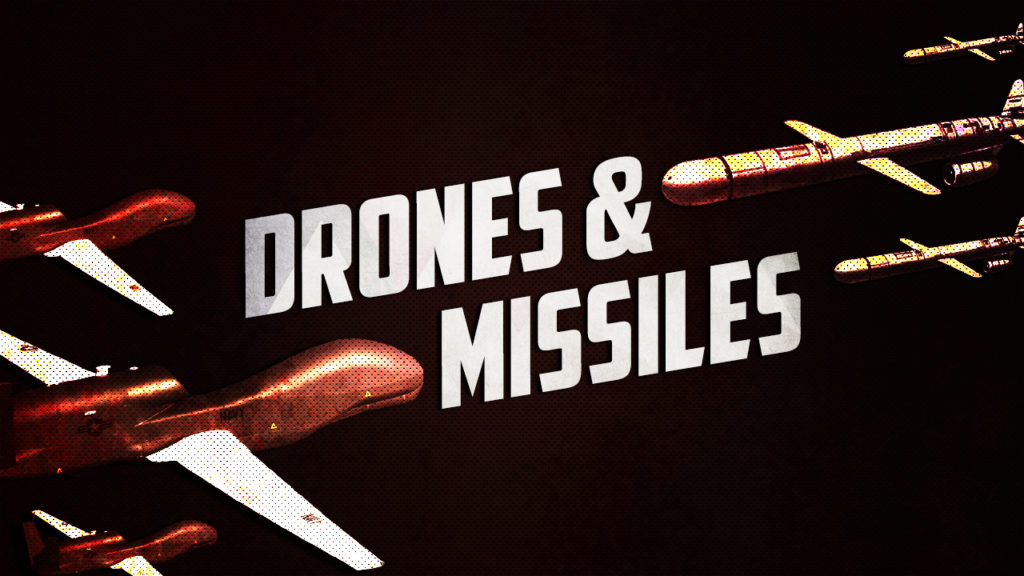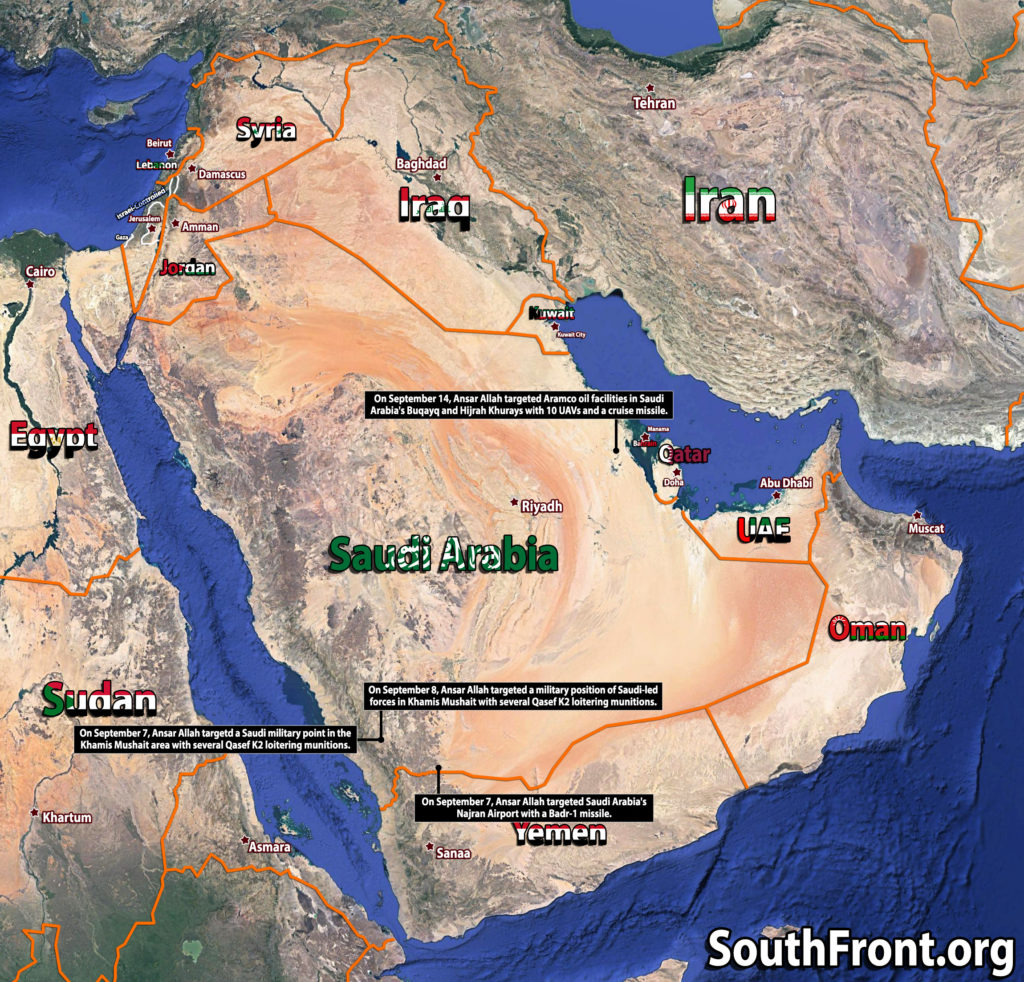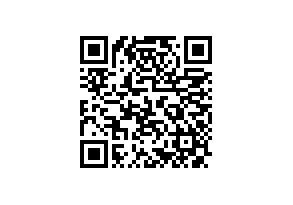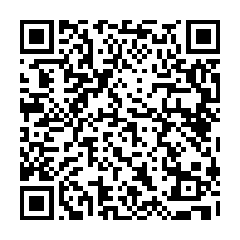On September 14, Yemen’s Houthis (Ansar Allah) carried out a strike on oil facilities in the eastern Saudi areas of Buqayq and Khurais. According to the Houthis, the strike was delivered with 10 suicide drones. However, later several photos appeared online suggesting that the Houthis used at least one cruise missile also.
Immediately after the attack, US State Secretary Mike Pompeo claimed that Iran was behind the attack. These allegations were rejected by Tehran as ‘lies’. Despite this, speculations about the supposed Iranian involvement continued appearing.
On September 15, Middle East Eye alleged that the strikes on Saudi oil infrastructure were launched by Iran-linked factions of the Popular Mobilization Units from Iraq.
The Middle East Eye report says the following (source):
The strikes which paralysed the Saudi oil industry on Saturday morning, forcing it to halve its output of crude oil, were made by Iranian drones launched from Hashd al-Shaabi bases in southern Iraq, a senior Iraqi intelligence official has told Middle East Eye.
The attacks on Abqaiq and Khurais, two key Aramco facilities in eastern Saudi Arabia, were in retaliation for Israeli drone strikes on Hashd al-Shaabi bases and convoys in August, which were co-ordinated and funded by the Saudis, the official said.
“The latest attack comes for two reasons: another message from Iran to USA and its allies that as long as its siege on Iran continues no one will have stability in the region. However, the second more direct reason is a strong Iranian revenge for the recent Israeli attacks by drones launched from SDF-controlled areas in Syria against pro-Iranian Hashd bases,” he said.
“These Israeli drone attacks were supported and financed by the Saudis. That is why the recent attack was the most devastating, while the previous attacks were more symbolic and inflicted little harm,” the official said.
Nonetheless, the report failed to provide any evidence to confirm these claims. Middle East Eye also noted that “the Iraqi intelligence official refused to say which bases Saturday’s drones were launched from.”
The Middle East Eye report was based exploits speculations that Buqayq and Khurais are located too far from the Houthis-controlled part of northwestern Yemen and the Yemeni movement does not have capabilities to strike targets in this part of Saudi Arabia.
So, mainstream media outlets or some diplomats would like to believe that the strike was carried out by ‘Iranian proxies’ operating in some other area, for example in Iraq. In this light, it would be interesting to look at this situation from another direction.
Saudi Arabia currently has very complicated relations with the UAE and Qatar, located much closer to Buqayq and Khurais than any position of the Popular Mobilization Units in southern Iraq. Furthermore, tensions between the UAE and Saudi Arabia grew to the level when UAE-backed and Saudi-backed forces openly clash in southern Yemen. The Qatari-Saudi relations have also been in a deep crisis since 2017.
The analysis below was released in 2017:









Whomsoever it was, it’s welcome.
With regard to the Saudi’s funding the Kike drone attacks on the Iranian Hashd bases, isn’t it about time that the Kikes paid for their own murder equipment and operations ?
Believe me, the filthy Zionists will be the first to burn in any conflict. Iran has been ready since 2006.
Want to know who knew the attack was coming? Just find out who shorted the Saudi stock market right before the attack and then covered the short when the market went down.
Good point.
soviet X-55 fly max 2500km no problem hit saudi place 1200km
“Pompeo claims Iran was behind the attack on RSA oilfields”. If they were so fuckin what. Yanks and their IsraHelli cohorts are behind the WAR in Syria and before that the overthrow of the Iraqi Government and the wars that raged there up until a few years ago. And lets not forget their other wars against Libya, Afghanistan, Sudan, Yemen, Vietnam, Grenada, Nicaragua, Chili, Korea and of course the overthrow of Mosaddegh Government in Iran. All illegal acts of aggression along with the firebombing of Dresden, Dessau, Munster, Bremen, Hamburg, Hannover, Danzig and 50 plus more cities and towns and their piece de resistance the nuclear holocaust they launched upon Japan, a county trying to surrender. What a fuckin crowd of criminal murdering psychopaths preaching morality. Pompus Pompeo needs to be beaten to death with the decibels that emanate from his twisted mouth.
Middle East Eye as a Qatari financed publication. Hardly reliable as a source.
It is an absolute BS and pigshit site at par with Zionist pigs Debka. They just plant trial balloon fake news to test the waters.
This version is just embarrassed US propaganda or as the Iranian FM said, “maximum lies”. The real issue is the US and Zionist war lobby making up a Casus Belli.
What a load of rubbish. Saudi’s simply cannot accept that this is just the AnsarAllah beating the shit out of them. While I am 100% certain Iran is aiding them with whatever it can and whatever they ask, this was AnsarAllah attack.
This was yemeni army attack.
Give yemen the credit it deserves please.
These brave warriors are showing us all that the little guy can win against the rich and powerful. These heroes will be remembered for thounsands of years to come!!!
An Iranian commander said on video a year and a half or two ago that…
#1 because of the naval blockade they cannot physically send help.
#2 He said that Iran does assist by emailing and sending schematics and blueprints. Satellite images and working plans.
They were very open about that.
Let’s get real kiddies, this drone attack was just an appetizer for the dumbass Americunts and their regional poodles who will burn if even a single bullet is fired in Iran’s direction. The first to burn will be Zionist filthy kippa shitters, the Bedouin morons of Saudi Arabia, UAE and Bahrain. Iran has prepared for a regional war since 2006 and will go after every target with the ferocity of a lion. The Americunt arseholes know it.
Trump may meet Iran leader despite Saudi attacks: White House
This attack was orchestrated by one of Qatar,UAE and Turkey.Because Saudi Arabia supports LNA in Libya. UAE rebels fights Saudi Arabia rebels in Yemen.
Qatar and Turkey are not in good talking terms with Saudi Arabia. Both Qatar and Turkey supports GNA rebels in Libya. Bolton warmongers in USA NATO and Israel how to defuse tensions among its puppets. So the easy target to accuse as usual is Iran.
USA,France, Britain and Germany warmongers strategy to arrest and silence weekly leaks head and stealing oil,gas and gold in Venezuela ,Libya, Syria and Iraq is actually sabotage and spoil by Russia, Iran and China.
Saudi Arabia rich kings illegal arresting and robbing in Saudi Arabia has been fulfilled. But Qatar’s rich kings were safe by Iran,Russia and Turkey interference.Israel intelligence need so dearly both Turkey and Qarar bases this and also the safety of USA soldiers prompted Trump to make a 360 degree U turn.
Bolton,Satanyahu and Pompeo plus NATO and Israel warmonger puppets plans to sabotage Saudi and UAE oil ships and blame Iran has totally failed.Failed oil ships attack and given in to USA,France,Britain and puppets lies have cause tensions between Saudi and UAE as it resulted in billions of dollars lost.
If USA NATO could have or will succeed in taking over oil,gas with full control in Iraq,Libya, Syria, Venezuela, Abkhazia, South Ossetia then abandoning Saudi depleting oil wells will be done.If indeed their succeeding in taking over strategic important Tartus,Sevastopol, Siberia and Arctic bases of Russia then Russia power exercises will be completely cut and force to depend on NATO.
No wonder Macroni who has domestic violence in his country sideline Putin for failure of their evil plans.
Saudi-Qatar relations are hostile. So what is stopping Qataris lobbing a few of their own when they see Houthi drones approaching! Just a thought.
Look at the map, saudis are pretty much surrounded by enemies, any of which wouldn’t mind taking a piece of saudi flesh! Mind boggles how the saudis even exist still.
You people losing focus on big picture, Israel did this attack on Saudi , Israel needed only synchronous the timing , Israel is desperate for starting war between US and Iran ,
Done so close to Israeli elections. Remember, Cui Bono. Who benefits? US oil producers? Israel? US? Iran? Iraq? Gulf Tyrannies?
You got it Israeli elections.
For sure Pomelo is insane and it shown that NOBODY can relied on US defense equipment. Totally useless, can even determine the source of the UAV. It is high time for the world to dump the PATRIOT and install S400.
zionism=evil is still sprouting his anti-israel message while he and a few more are actually sitting in tel aviv working away in the troll factory and the purpose is to belittle russia and turkey and iran and hezbollah and the pmu’s in iraq – to call israel names is of little consequence for southfront’s commentators while painting russia, turkey and iran and other pro-syrian parties black is of value since it’s disinformation that splits the common narrative. and just look at the sheer number of comments under zionism=evil to realise it’s troll factory material with more than one author.
the guy calling out names is always the guy guilty! Pompeo and the zionists done it and blame it on Iran!
the israelis of course, busy getting the war against Iran going and thus offer up jared kushner’s bff, crown prince mohammed bin salman, as the sacrificial lamb. the clown mbs ought to have known that no jew can ever be trusted and they will sell you down the river for a tuppence, if that,
Never trust Iran ore Turkey ore Saoedi it is one big bunch of irresponsible repressors and bullies all together.
Never ever trust Iran ore Turkey ore Saoudi, it is one bunch of lawless repressors and violent converters.
Tsk, tsk, tsk.
I have to come with some uh….. facts, again, lets recap.
First, look at the map, the accusations of Iran doing eh…. something is of course bullshit, if, and I am just writing this to show what their arguments really implies, then Iran have cruice missiles even better than we can even imagine, because the Gulf, is packed with radars, for sea traffic and air traffic and its also in an hit zone, incl Iraq and Syria, to the Indian ocean, if you idiots know what that one is.
And so far, the Iranians missiles have to fly thru all that, and that was unnotised, huh, no radar images is been given etc, they simply didnt expect this to even happen, and to me, this latest attack have shown me the Yemens/Houtis is having an learning curve that impresses me, more than anything else.
How they do it, and by what means isnt that difficould, since this are not movong targets, etc, should be an piece of cake, etc.
The Saudi-barbarians didnt see this, the Wankeedooodles didnt see this, but somehow, despite all the equipments in that region witch is sopusedly the state of the art amrorys in billion doooolar range couldnt see it or even react on it makes one wounder, dont it, like the scam Iron Dome, etc, this f…. is blaming Iran.
Yeah, its an further prof of do not sniff glue, hehe, apart from blowing our own brain out with an gun, glue is the second best item to wack your brain with and it shows, and what comes next, yeah, Saudi-barbarians, if you can look up from the liners, what can this raving freak of an clown prince barf op this time.
I usually dont debate stategies, because of whom its involved, since I back the yemenits/Houtis, but I dont either bite into this secondary scam about Sunni versus Shia, either, its more of western bacled propaganda shit pimped for centurys since the case is a bit more eh…. old fasion, the corruptions that followed for centurys, since the ones whom was doing something for their own people,, regardeless of been Shia or Sunni is dead or in deep problems, all of this “dicks” and nations, like Hezb have been the few ones that have this days, been protecting christiians, etc, is now under attack from the western scums, but not the insane cult of the Saudi-wahabis, whom have had and stil have the full backing of the west, incl Norway/NorDicks whom is founding and letting this scums into our land, just because of whom this insane tribal delutional death cult is originates, the Saudi-barbarians, like their brothers in arms and thought, the equally evil ZioNazis, apart from that, the fractionalisation, aka balkanaising of the Arab world is an prodject that spans forther back in time than the previous bloody week, idiots.
if the problems comes from one side, its that one, the Arab people have no chanse, since the NWO suports the evil scums, thats our problem, everything else I see as well pissing, like the prodject of guiding the pack of moroniCONs to blame the 9/11 squarly in the Saudi-barbarians.
Have this in the back of your vaccume head when you read the latest events, and the western MSM is of course insync with this, since we all know whom owns and runs the MSM, and they lie about everything, all the time.
The reason of not going into strategies is my own, but, I dont doubt that this was patially been helped inside Saudi-barbarian territory, because the only place this level of attack could originate since nobody saw it coming must be the Arabian penninsula, etc. and again, I like this, more and more, since the next level of escalation may very well be the downfall of the Turko-Mongol rat pack whom claims they are royals in the city RyHad, and I also hope the Saudi people notises this, and this maybe the first time in an entire century, the people can take their homeland back, and wrestle if from the grips of the Synagog of Satan and its Spawns.
I sincerly hope that the Arab people unites, the only way forward is unification, and may the lord bless you all.
peace
Didn’t the Houthis make an attack on the oil pipeline fed by that plant that runs to the west? The point is that the Houthis have been making incremental progress on range. Underestimating your opponent, the downfall of many.
Even Napoleon lost battles because he let that type of arrogance get the better of him. At Aspern, he crossed the Danube under the guns of a much larger force of Austrians because the French always beat the Austrians. He ended up crossing the Danube twice.
Iran and Russia are behind the terrorist attack on the oil refinery .
Its a legitimate attack on a lgeitimate target.
Saudi supporting pig!
There’s no real guaranteed defence against cruise missiles or drone attacks, I think the threat of response has been what has been keeping the Houthie Forces in check.
Maybe the rules of engagement have changed, interestingly it comes after Russia has seemingly told Netanyahu off about attacking Syria, if true it’s because Trump has overplayed his brinkmanship policy and is appearing desperate to scale it back, his response will be crucial, all Saudi shipping is now within the new rules of engagement if Trump doesn’t cave or strike.
The attack may have been carried out by Houthis relocated to Iran.
It means Iran permitted the attack from their soil, but only after a consultation with Kremlin who also permitted it and delivered the long range missiles who could reach the heart of Saudi.
Conclusion. Putin permitted the attack by Houthis on Iranian soil with hypersonic Kinzhai missiles on American interests in Saudi, because Putin wanted Trump to be elected again and keep gays out of the American election.
This means war folks. Nobody will be permitted to interfere in an free American democratic election in our free nation, period!!
Here’s some interesting analysis on the subject:
https://www.moonofalabama.org/2019/09/damage-at-saudi-oil-plant-points-to-well-targeted-swarm-attack.html#more
the saudi scumshits deserved this very much, even worse than this
Bloody Saudi Arabia shall be removed from the face of earth
The attack was carried out by the US forces from their bases in Syria or Iraq. Reasons? Number of rational and irrational reasons coming to my mind thinking of similar false flags in the past and US obsession with Iran since 1979